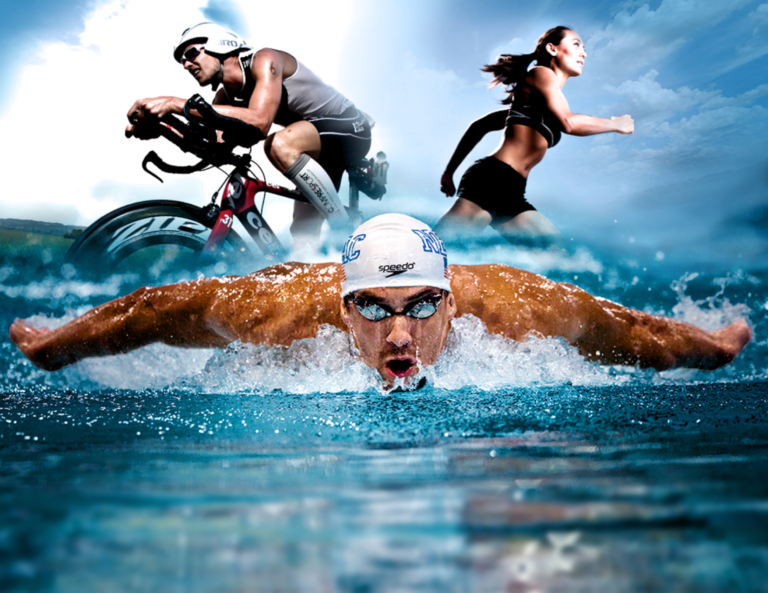4 Habits of Injury Free Triathletes
As Physiotherapists and Osteopaths in Cheltenham and Bayside we see many triathletes coming through the doors of the Injury Rehab Centre. Much like other endurance sports, a high proportion of triathlete injuries can be linked to overuse (80-85% in fact!).
As Physiotherapists and Osteopaths in Cheltenham and Bayside we see many triathletes coming through the doors of the Injury Rehab Centre. Much like other endurance sports, a high proportion of triathlete injuries can be linked to overuse (80-85% in fact!). Triathletes do fairly better than pure endurance runners in injury rate, but are more prone to injury than swimmers and cyclers. As you can imagine, running has the most commonly cited association with injury followed by cycling and then swimming.
Common injuries triathletes present with include:
Runner’s knee. Experiencing a tender pain around or behind the kneecap is usually a sure sign of patellofemoral pain syndrome, a fancy term for runner’s knee
Achilles tendinitis
Plantar fasciitis
Shin splints
Iliotibial band syndrome
Stress fracture
Patellar tendinitis
Ankle sprains
Why is it happening?
Lack of stretching
Poor warm up
Intensive training
Insufficient care of muscles
High impact running style
Consider: The T2 transition (cycling to running transition):
Once of the most unique parts of Triathlon is the transition between the swim, bike and running components of the race. Of particular importance is the transition from the bike to running, as this seems to be an area of the race where individual are most predisposed to injury. This could be due to many reasons but most likely are.
The change in muscle actions and from an unloaded state (cycling) to a loaded one (running) during this transition provides a high-risk zone for injury to occur.
There is also a period of time for running technique to become optimal after cycling that may increase the stress in the low back and knee as there may not be optimal ability to dissipate load.
Things that injury free Triathletes do:
A lot of self treatment/maintenance: Triathletes with cycling and running backgrounds tend to have increased tightness of the hip flexors, tensor fascia latae muscle, and iliotibial band (ITB). Use a foam roller with daily training to help maintain your range of motion for 5-10 minutes a day!
Intensive training: Be patient, and don’t do too much, too soon. Be considerate of your training and don’t increase the mileage of your running/swimming by greater than 10% between training weeks. If you have trouble with training regimens, seek a coach!
Don’t have a high impact running style: The different disciplines in triathlon can often mean athletes are not as technically proficient as they should be. Injury free triathletes are also very competent runners and transition well. A comprehensive running assessment may be of benefit.
Regular consults with their Physiotherapist or Osteopath: If you are training and competing close to your physical limit it’s naive to assume there won’t be aches and pains. Regular consultations with your Physiotherapist or Osteopath should be part of your routine to reduce the risk of injury and keep you training consistently.
The Injury Rehab Centre are experts in providing comprehensive running assessments to break down your biomechanics and identify regions that may be at risk of injury. Utilising the M.A.T (Movement Assessment Tool) and Strength Testing we can then help develop a plan to improve your form and minimise your risk of injury. Contact us today at the clinic on 95537024 or click here to book online!
References
Migliorini, S. Risk factors and injury mechanism in Triathlon. Journal of Human Sport & Exercise. 2011, 6(2): i-vi



